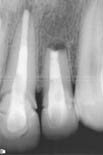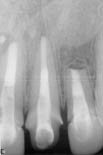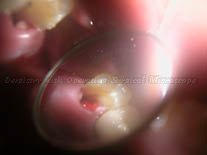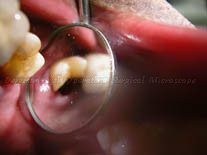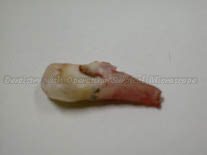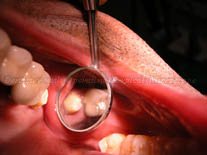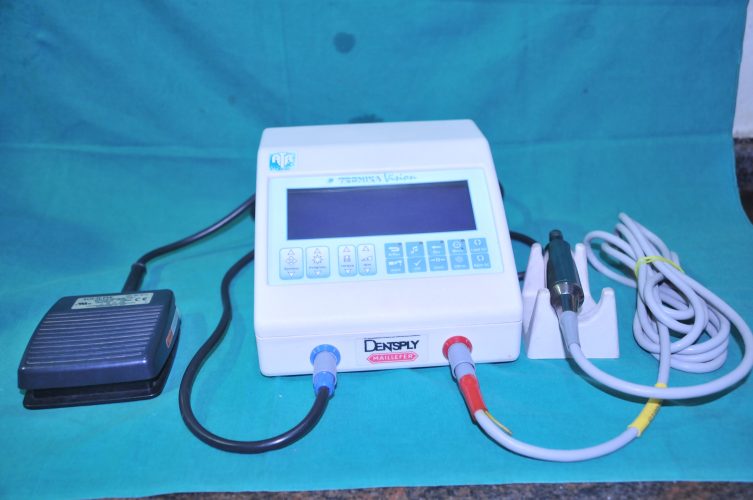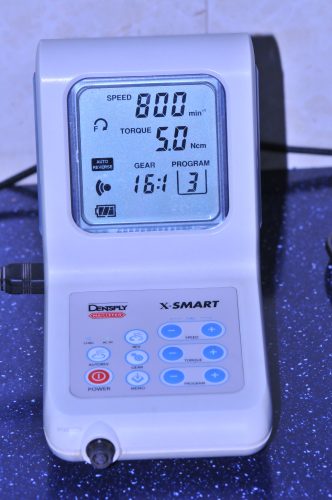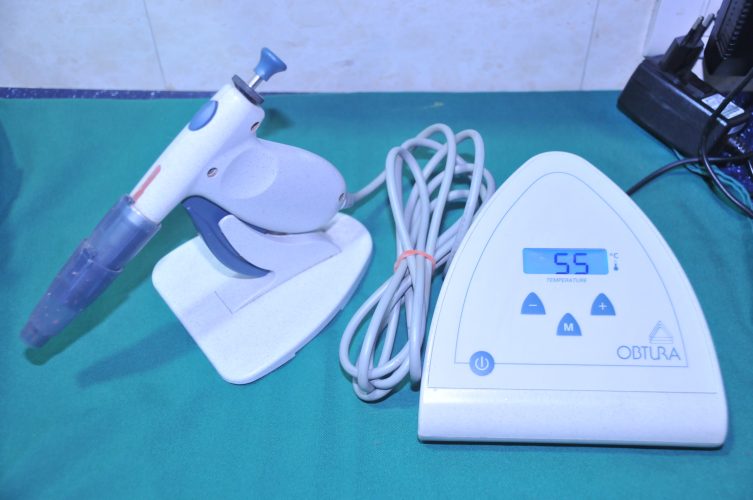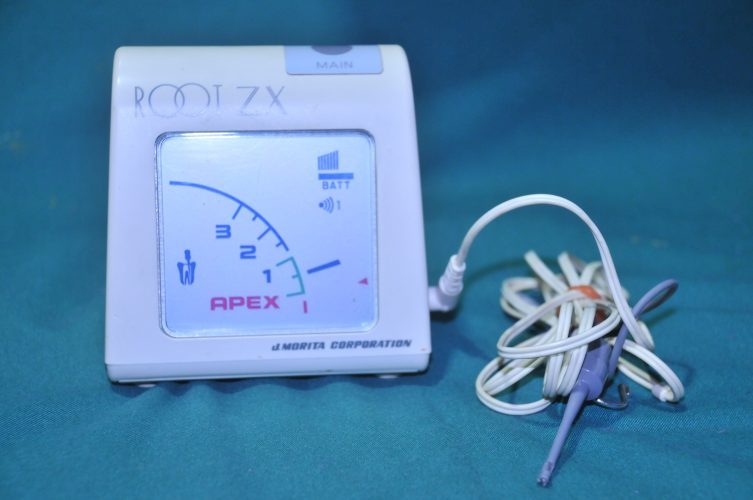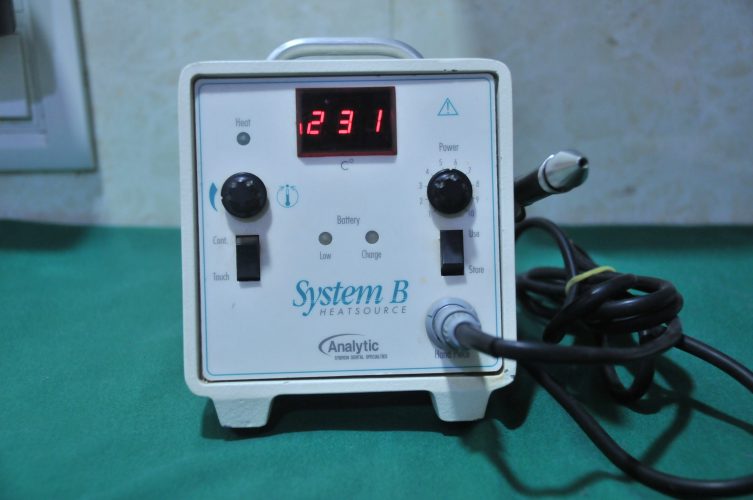Endodontic microsurgeries are of 2 types
Apical surgery involves apicoectomy and retrograde filling of the root canal.
Periradicular surgery involves treatment of root fractures, hemi-section of the tooth etc.
Apicectomy is an endodontic apical microsurgery that is performed under the microscope when infection persists around the apex of the tooth even after successful root canal treatment. The infected part of the apex of the root is surgically removed and the retrograde filling is done with a biocompatible material. Over a period of a few months, the apical area of the tooth heals and tooth is saved.


